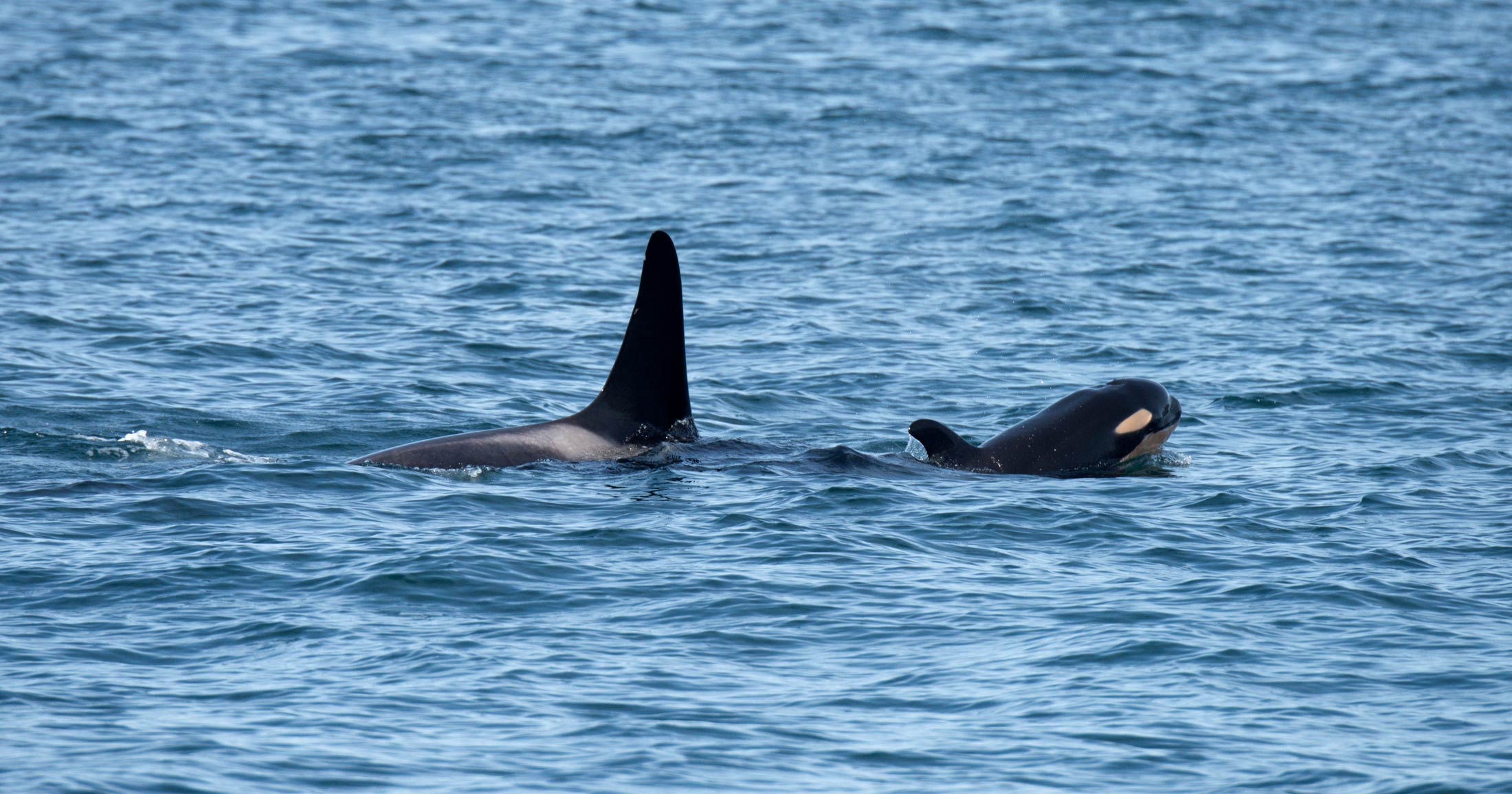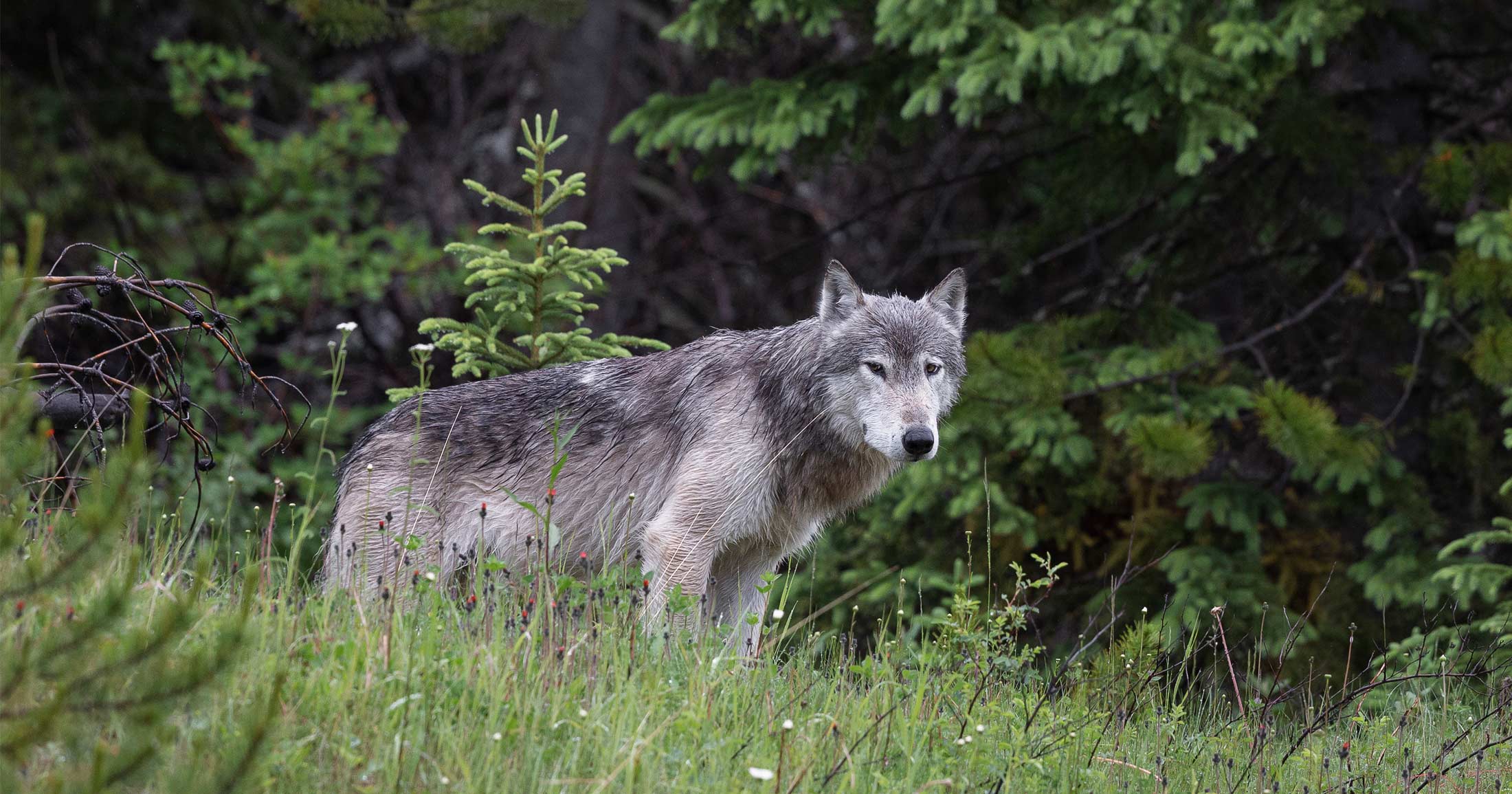“I say potato, you say potahto”: Geographic variation in contact calls of Canadian beluga whales
A new study identifies variation in the structure of contact calls among four Canadian beluga populations.
Many species of birds and mammals exhibit intraspecific acoustic geographic variation in their vocalizations. This occurs when populations are separated by some distance and do not have a chance to interact. A recent study, published in Marine Mammal Science, investigated geographic variation in the well-studied contact calls of beluga whales, a socially complex species known for its rich vocal repertoire. The study focused on four Canadian beluga populations from different regions: the Eastern Beaufort Sea (EBS), the Eastern High Arctic-Baffin Bay, St. Lawrence Estuary (SLE), and the Western Hudson Bay. An understanding of the structure of contact calls from previous studies on beluga whale vocalizations facilitated the identification of these calls in the recordings.
Researchers measured five acoustic parameters for each call and used multivariate discriminant analysis to determine if the contact calls from each of these geographically separate populations were distinguishable based on any of the measured acoustic characteristics. The findings revealed that there is indeed variation in contact call structure among these populations, aligning with the genetic variation previously documented in Canadian beluga populations. Notably, the most distant populations, SLE and EBS, showed the highest dissimilarity in contact call structure compared to closer populations.
Interestingly, contact calls from the SLE were longer in duration and higher in peak frequency than those from all other sampled populations. We hypothesize that these specific differences may be related to marked differences in underwater noise levels. It is well known that geographic isolation can lead to populations living in ecologically different areas, requiring the adaptation of acoustic signals to improve communication in those specific environments. The beluga whale populations examined in this study occupy separate summer habitats with distinct underwater noise profiles, potentially influencing the structure of their contact calls. In the St. Lawrence Estuary, anthropogenic noise is recognized as one of the three main threats to the recovery of this population, along with high levels of contaminants and shortage of prey availability. Our own project “Can you hear me? ” showed that boat noise can reduce the communication range of beluga contact calls by up to 57%. The modifications in contact call parameters observed in the St Lawrence population (longer, higher pitched calls) may enhance signal detection in this noisy environment and minimizing masking. In contrast, the remaining sampled populations inhabit quieter summering habitats and may not need such modifications.
Overall, can we say that these geographic differences in call structure are akin to dialects? Not quite. True dialects are rarer than acoustic geographic variation and involve differences in vocalizations between social groups that use the same habitat, are transmitted through social learning, and are believed to play a crucial role in maintaining the segregation of these groups. In cetaceans, dialects between such sympatric groups have been identified in killer whales, sperm whales and pilot whales. Do belugas also have true dialects? It’s likely! Raincoast is currently involved in a study to test this idea, led by PhD student Jaclyn Aubin. Stay tuned for the results of this study.
Citation
Booy, K. V., Vergara, V., Loseto, L., Mikus, M.-A., & Marcoux, M. (2023). Geographic variation in simple contact calls of Canadian beluga whales (Delphinapterus leucas). Marine Mammal Science, 1–15. https://doi.org/10.1111/mms.13095
Abstract
Beluga whales, Delphinapterus leucas, are a highly social species with a complex and diverse vocal repertoire. Although extensively studied and classified, to date few attempts have been made to examine geographic variation in their calls. In this study, we examined geographic variation in simple contact calls (SCCs), specifically those that consist only of broadband pulsed trains, among four Canadian beluga populations from the Eastern Beaufort Sea (EBS), the Eastern High Arctic-Baffin Bay, St. Lawrence Estuary (SLE) and the Western Hudson Bay. Five acoustic parameters were measured for each call and compared among populations using multivariate discriminant analysis. Results of our study indicate that there is a degree of variation in SCCs among these four populations, with the most geographically distant populations of the SLE and EBS displaying the greatest degrees of dissimilarity in SCC structure relative to geographically closer populations. Further, these results align with genetic variation of Canadian beluga populations previously described in the literature. This study is the first descriptive population comparison of SCCs for beluga and establishes a baseline for continued work into this developing area of research.
Select Figures


Authors and Affiliations
Karyn V. Booy, Freshwater Institute, Fisheries and Oceans Canada, Winnipeg
Lisa Loseto and Marianne Marcoux, Freshwater Institute, Fisheries and Oceans, Canada and University of Manitoba, Canada
Marie-Ana Mikus and Valeria Vergara, Raincoast Conservation Foundation, Sidney, BC, Canada
You can help
Raincoast’s in-house scientists, collaborating graduate students, postdoctoral fellows, and professors make us unique among conservation groups. We work with First Nations, academic institutions, government, and other NGOs to build support and inform decisions that protect aquatic and terrestrial ecosystems, and the wildlife that depend on them. We conduct ethically applied, process-oriented, and hypothesis-driven research that has immediate and relevant utility for conservation deliberations and the collective body of scientific knowledge.
We investigate to understand coastal species and processes. We inform by bringing science to decision-makers and communities. We inspire action to protect wildlife and wildlife habitats.










